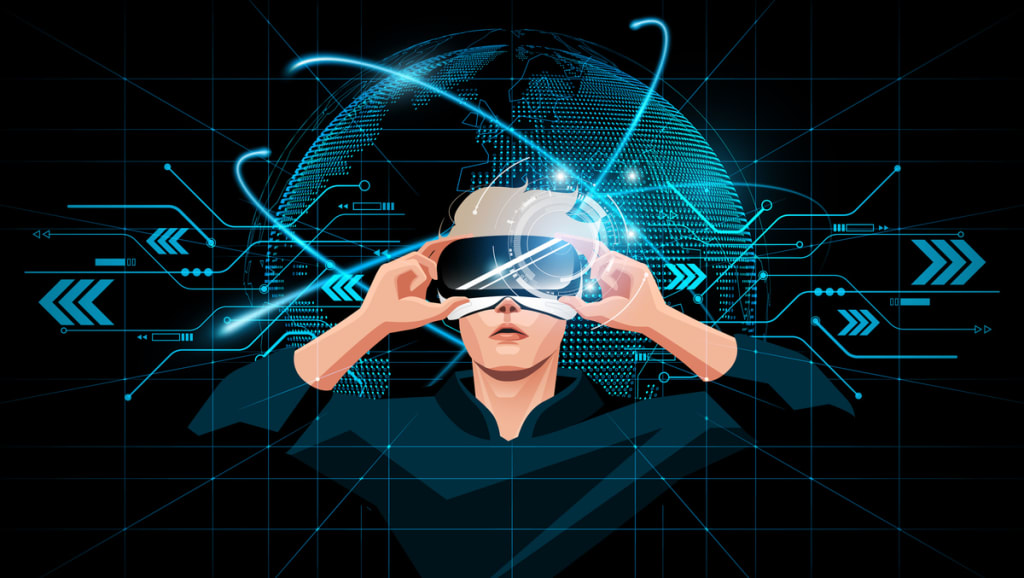
Virtual reality (VR) and augmented reality (AR) are two forms of technology that are becoming increasingly popular in various industries. Both technologies involve the use of computer-generated imagery (CGI) to create immersive experiences for users. However, they differ in how they are used and experienced.
Virtual reality, as the name suggests, creates a fully-immersive digital world for the user. This is typically achieved through the use of a VR headset, which blocks out the real world and replaces it with a computer-generated one.
VR technology has been used in a variety of industries, such as gaming, entertainment, and even healthcare. In the gaming industry, VR technology has been used to create immersive, realistic experiences for players, while in healthcare, it has been used for things like therapy and training.
On the other hand, augmented reality, as the name suggests, enhances the real world with digital elements, rather than replacing it entirely. This is typically achieved through the use of smartphones or tablets, which display digital elements on the screen that interact with the real world.
One popular example of AR technology is Pokemon Go, where players could see Pokemon characters in the real world through their device's camera. In addition, AR is also used in various industries such as entertainment, education, and manufacturing. In manufacturing, for example, it can be used to provide workers with real-time information and instructions as they work on a production line.
One of the most promising areas for VR and AR technology is in e-commerce. Online retailers are already using AR to allow customers to see how products would look in their home before making a purchase.
The technology can also be used to create virtual showrooms, where customers can explore products in a more immersive way. As VR and AR technology continues to improve, it is likely that we will see more and more retailers adopt these technologies as a way to enhance the customer experience.
Another area where VR and AR technology is seeing a lot of growth is in the field of education. VR can be used to create immersive learning experiences, where students can explore and interact with virtual environments.
This can be particularly effective for subjects such as science and history, where students can explore historical sites or scientific concepts in ways that would be difficult or impossible in the real world. AR, on the other hand, can be used to enhance traditional teaching methods, by providing students with additional information and resources in real-time.
Despite the potential benefits of VR and AR technology, there are also some challenges that need to be addressed. One of the main challenges is the cost, as both VR and AR systems can be quite expensive.
Additionally, the technology is still in its early stages and it is not yet clear how it will be used in the long-term. There are also concerns about the impact of VR and AR technology on users, such as the potential for addiction and the impact on mental health.
In conclusion, virtual reality and augmented reality are technologies that are rapidly advancing and have the potential to revolutionize a wide range of industries.
From gaming and entertainment to education and e-commerce, these technologies are being used to create immersive and interactive experiences for users. While there are still challenges that need to be addressed, it is likely that VR and AR technology will continue to play an increasingly important role in our lives in the years to come.
About the Creator
Naveedh
I am just exploring my writing skills






Comments
There are no comments for this story
Be the first to respond and start the conversation.